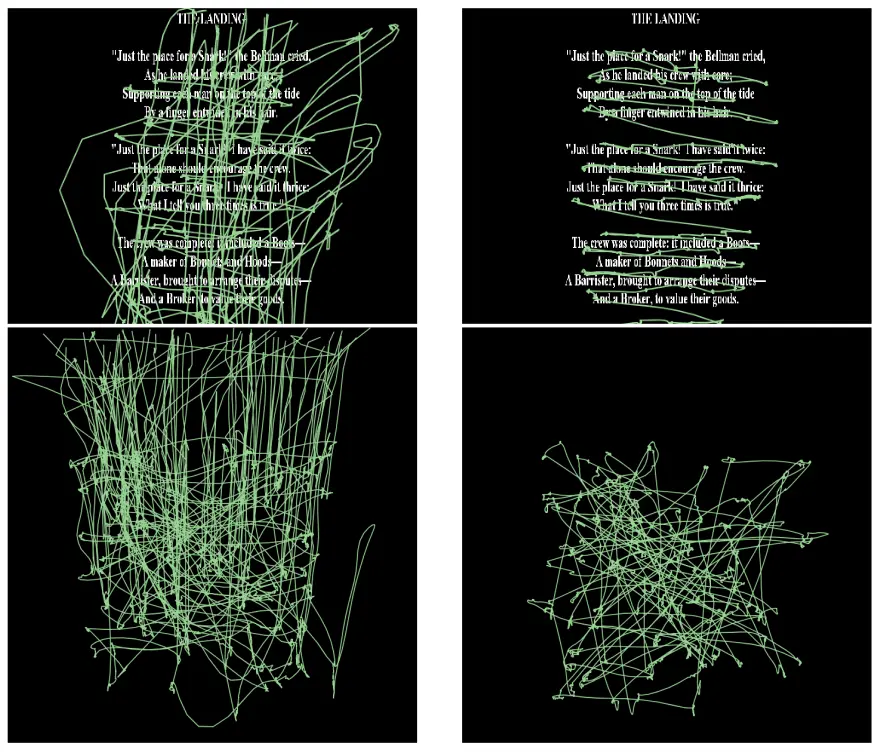Abstract
Recent results suggest that biometric identification based on human’s eye movement characteristics can be used for authentication. In this paper, we present three new methods and benchmark them against the state-of-the-art. The best of our new methods improves the state-of-the-art performance by 5.2 percentage points. Furthermore, we investigate some of the factors that affect the robustness of the recognition rate of different classifiers on gaze trajectories, such as the type of stimulus and the tracking trajectory length. We find that the state-of-the-art method only works well when using the same stimulus for testing that was used for training. By contrast, our novel method more than doubles the identification accuracy for these transfer cases. Furthermore, we find that with only 90 seconds of eye tracking data, 86.7% accuracy can be achieved.
BibTeX
@inproceedings{Schroeder-2020-RobustnessEye,
address = {New York, NY, USA},
author = {Schröder, Christoph and Al Zaidawi, Sahar Mahdie Klim and Prinzler, Martin H.U. and Maneth, Sebastian and Zachmann, Gabriel},
booktitle = {Proceedings of the 2020 CHI Conference on Human Factors in Computing Systems},
doi = {10.1145/3313831.3376534},
isbn = {9781450367080},
keywords = {eye tracking, gaze detection, eye movement biometrics},
location = {Honolulu, HI, USA},
numpages = {7},
pages = {1–7},
publisher = {Association for Computing Machinery},
series = {CHI ’20},
title = {Robustness of Eye Movement Biometrics Against Varying Stimuli and Varying Trajectory Length},
year = {2020}
}
Paper: PDF
Slides: PDF
